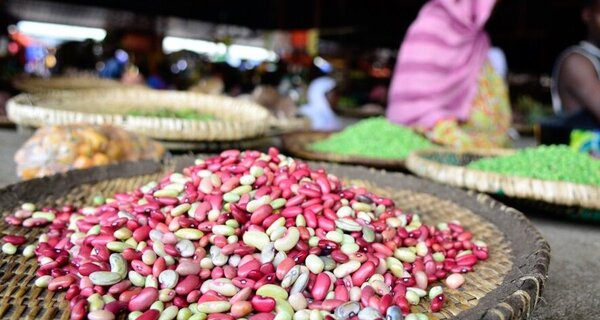From Underdog to Topdog: Steve Sando and His Beans
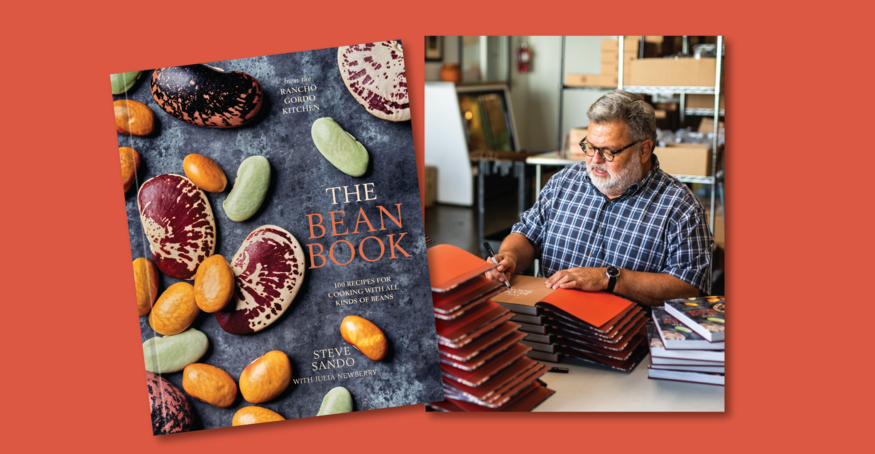
24 January 2025
Beans are a staple ingredient in many cuisines worldwide. Packed with protein, iron, and fiber, they play a crucial role in feeding growing populations. Despite their abundance, the diversity and nutritional potential of beans have often been overlooked in mainstream food culture. But not by California-based cook Steve Sando.
For him, what started with a home garden and a handful of heirloom bean seeds became a successful food company that is reshaping the American culinary landscape. Sando’s company, Rancho Gordo, works with smallholder farmers and local chefs to improve people’s awareness and access to beans, especially heirloom beans indigenous to the Americas. His work is bringing these neglected legumes into the spotlight. The evidence – Sando’s cookbook, “The Bean Book: 100 Recipes for Cooking with All Kinds of Beans,” was a New York Times bestseller in 2024.
I called Steve to discuss his new cookbook and his mission to elevate the cultural status of beans. Read the full interview here.

Brooke: What first got you interested in working with beans?
Steve: Well, I just had a home garden, and I started growing beans. I started selling them at the farmer's market. I was also doing tomatoes, and the tomatoes weren't ripening fast enough. And I thought, oh, you know what? I'll do beans, that'll carry me through. So I started doing heirloom beans and I thought, these are like pintos, which I like fine, but they're ten times better. I tend not to be casual about things. I go deep, narrow and deep. And I just discovered this whole world of beans. Here in Napa, every obscure Italian and French vineyard was going, “Wait, this is our own food, and we didn't have any idea about it.” Appreciating beans as something delicious to eat rather than health food or penance was really new in 2000. That was not what people were thinking. It was old people nostalgic about beans from the Depression or people who were expecting beans to be really cheap from their food co-op. That was the market at that time. I think what I did, if I did anything, was through my work with chefs... Beans are just delicious ingredients.
Brooke: What sparked this cultural shift around beans in the United States?
Steve: I don't want to give myself too much credit, but I think it's the work we've done. For example, we started this silly bean club, which I thought I'd do as a joke. Now there's 26,000 people in it and the waiting list is 15,000. In the club, each person gets a quarterly shipment of beans. Selling in San Francisco – where there are all these chefs – and focusing on chefs and really good home cooks was always going to be a niche kind of thing, but that's sort of what we wanted.
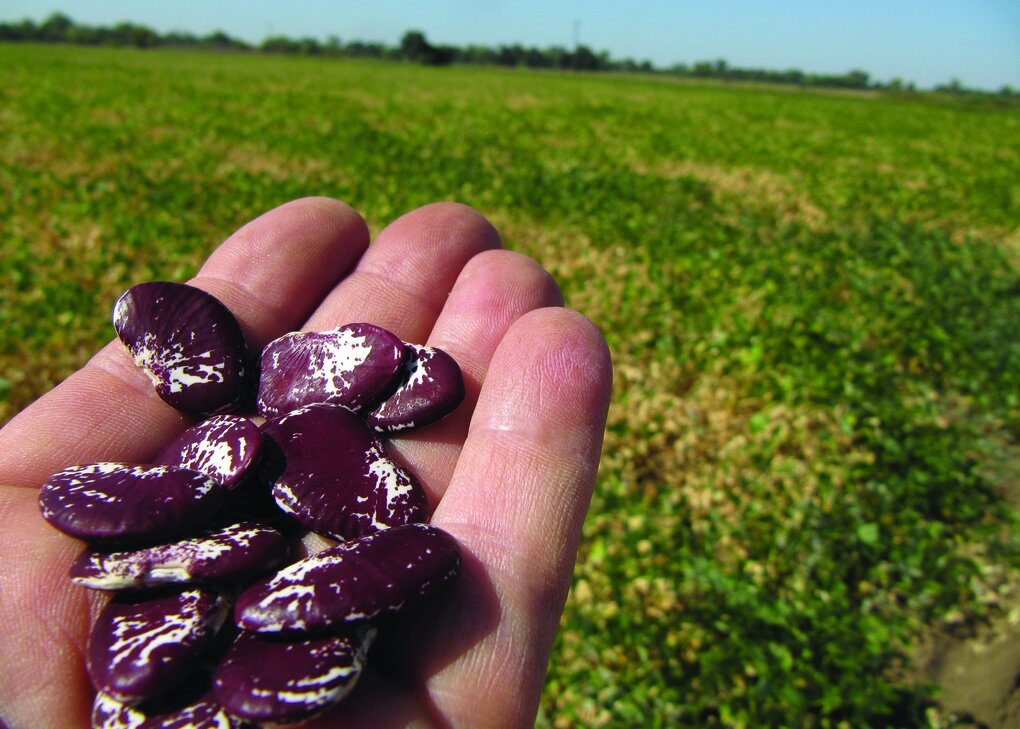
Brooke: What are heirloom beans?
Steve: Well, I think it's like the word antique. So it's kind of vague, but to me, it's an open-pollinated bean that when planted, you'll get the same thing. It hasn't been crossed. It was only bred for flavor rather than the convenience of growing. They tend to be harder to grow, having lower yields, but they taste better. I think modern bean production is all about how easy it is to harvest or plant, and the issue of taste never even comes into it. If it's just a bean, how good could it be? Turns out, really good. I'm not against commodity bean growing though, because it's a great source of cheap protein. But in the United States especially, it seems to be either or. People think we can't afford to only grow heirloom beans. But no one said it was only. There’s room at the table for everybody.
Brooke: In The Bean Book, you recount a visit you took to a university exposition in California, and the frustration you experienced when researchers who had performed bean breeding trials couldn't tell you how flavor was affected within the trials. Could you tell me more about this experience?
Steve: During my visit, it was the trial days and they were showing off all this great work they've done. And I said, “How does it affect the flavor?” And they just freaked out. In five years of bean trials, they've never cooked one pot. The disconnect from the production to actually cooking it in the kitchen was amazing. I didn't put this part in the book, but they asked me to come back and teach them how to cook beans.
So I'm going to cook the beans and as I enter the room, there's a huge bottle of Coca-Cola, M&M’s and doughnuts – this is important later. I usually start out by sauteing my vegetables, the aromatics, in olive oil. But I tried to put the olive oil in, and this one woman said, “Oh, could you not use so much olive oil? We're trying to cut back on the fat.” And I'm looking at the M&Ms and Coke, and I'm thinking, these are the people that are doing our food? Like, the Coke is fine, but the olive oil and the beans are going to be the problem? And that's why working with official groups sometimes has been hard for me.
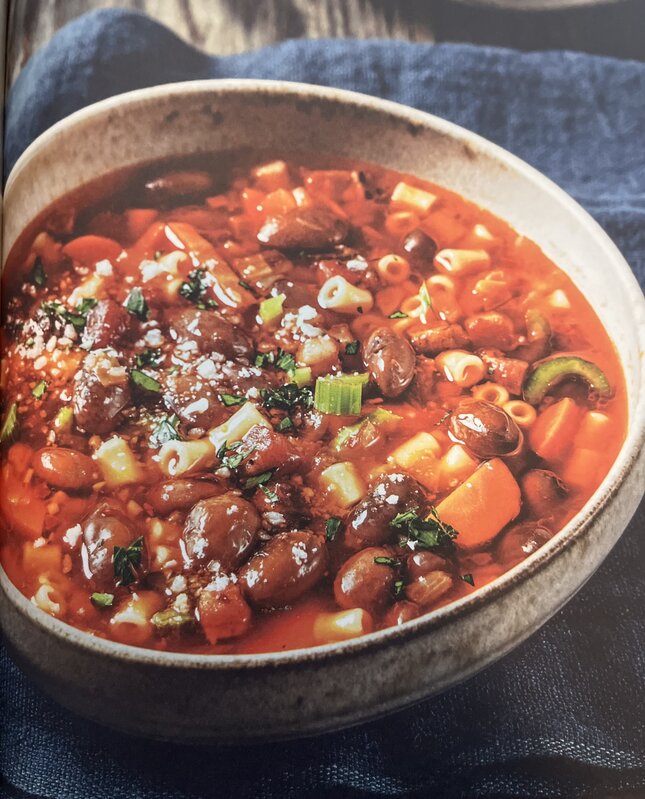
Steve Sando’s Italian Pasta e Fagioli (Pasta and Beans)
Brooke: What advice would you give to incorporate more beans in people’s diets?
Steve: Well, I think maybe start with heirlooms. For example, the Eye of the Goat is a great bean, and any of the runner beans, like Scarlet Runner. If you try an unusual bean like that, if you cook it as opposed to opening a can, you're more invested in the pot. There's this feeling of accomplishment. Because if you just buy canned beans, you have to rinse the muck off and the beans are fine, but the process of canning kind of gives it a general bean flavor. When you have heirlooms, what's to think about? Each one is still there, and I think it's easier to get excited about those. Plus you have all this free soup that came with the beans that you made as opposed to the ones you had to rinse.
For me, my favorite recipe is heirloom beans with some chopped white onion, a squeeze of lemon and a drizzle of olive oil, and that's heaven. But you can’t live on that. I think the other thing is, that even though I wrote a recipe book, I hate recipes. Instead, you just need a strategy of making beans, like on Sunday make half a pound of beans, and use that to plan the week out. So the next day you make a salad, and it doesn't have to be a bean salad, it could be a green salad where you just throw some beans in there. The next day it's like, oh, I have pasta, let's make pasta e fagioli. Then maybe you still have some left over on Thursday and you make a soup. And then with that little bit left, you can puree it with anchovies and capers. All those recipes are great. You always have something in the refrigerator when you walk by. And because you made it, you're invested in it, and you're gonna use it in better ways.
Brooke: What do you think has been your biggest contribution to the food industry?
Steve: All I can do is help people incorporate beans into their diet. And I think I've been really successful. I speak the same language as most home cooks. By following something that I loved, it's been very easy for me to sell, whereas if you asked me to sell auto parts, I don't think I could do that. I'm just doing what I love. I'm not looking at the big picture.
In marketing, I have never really touted health benefits or even the greenness of growing beans. But in fact, those are two key things. But I'm not really qualified to say that, and most people glaze over.
I do think there is sort of a penance in eating for certain people. It's like, I'm vegetarian. No, no, I'm going to be vegan. I'm going to be vegan, eat whole foods, no oil. So I think there is a level of that, where it’s like how hard can I make it on myself? But for me, it's a pure joy. I love growing vegetables and eating them. I love food. So I'm approaching it in a different way. And I think people respond to that better.
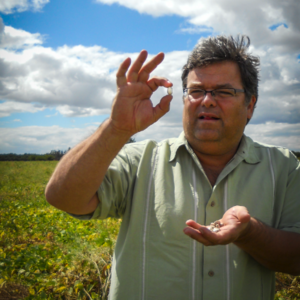
Steve Sando is the founder of Rancho Gordo, a specialty food company that focuses on growing, importing, and promoting heirloom and heritage beans, grains, spices, and more. Since founding the company over 23 years ago, Sando has transformed it from selling beans at a local farmers' market into a multimillion-dollar business. Along the way, he has helped preserve heirloom bean varieties, supported smallholder farmers, and inspired chefs and home cooks around the world.
Rancho Gordo has been featured in The New Yorker; The New York Times; Saveur; Food and Wine; and O, The Oprah Magazine; and featured on CBS News Sunday Morning and From The Source on the Magnolia Network. Sando is also an accomplished author, having written eight cookbooks. His latest, The Bean Book, became a New York Times bestseller in 2024, further solidifying Rancho Gordo’s position in the culinary world.
Sando’s dedication to seed saving, bean production, and marketing has made it possible for professional and home chefs to access heirloom beans that might otherwise have been lost. These beans, along with other staples like corn, chiles, and tomatoes, have become essential ingredients in the new American food movement, which is centered in Sando’s home region, the San Francisco Bay Area.
Sando’s path to agriculture was unconventional: he came to farming through his passion for cooking. Frustrated by the lack of quality ingredients in grocery stores, he decided to grow his own. Beans, which are indigenous to the Americas, were among the first ingredients he sought out. At the time, most home cooks had access only to standard varieties like pinto, navy, and kidney beans. Discovering the rich diversity of heirloom beans, Sando almost singlehandedly created the market for these unique legumes. Today, Rancho Gordo grows more than 25 varieties domestically and partners with small indigenous farmers in Mexico to import their heirloom beans to the U.S. Sando resides in Napa and frequently travels throughout the Americas.
Categories: For Educators, For The Press, Beans, Food Security, Nutritional Security, Sustainable Agriculture


